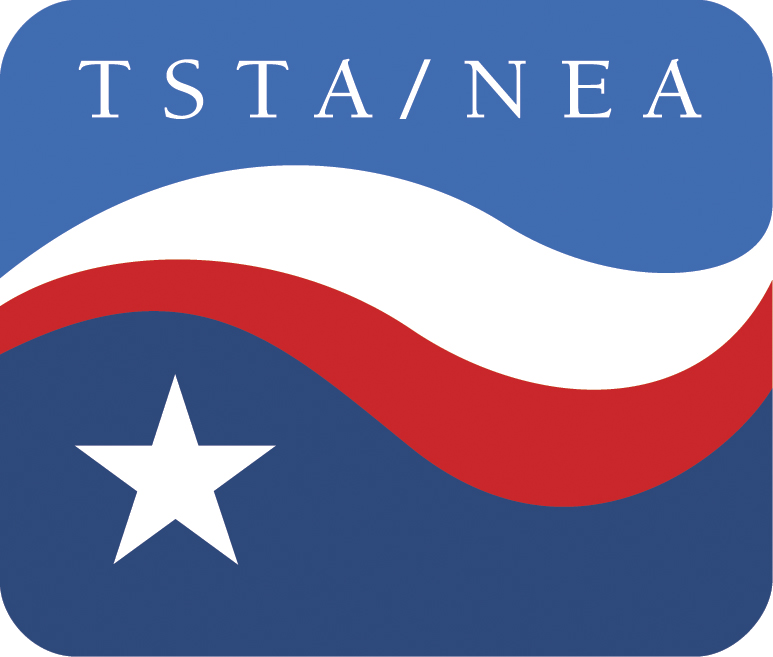This is Teacher Appreciation Week, a few days of cheap freebies from fast food joints and other businesses working to increase their customers while giving educators some well-deserved attention.
That’s the commercial version anyway, and it is certainly better than the political version from hypocritical officeholders issuing hollow plaudits with one hand while slapping teachers with the other. Not all politicians fall into that category, but those that do – people like Gov. Greg Abbott and his legislative allies -- really stink.
I haven’t seen a Teacher Appreciation Week message from Abbott yet this year. Maybe I missed it, or maybe he figured out it was pointless, but here is last year’s message:
“Texas teachers play a vital role in shaping the Texas of tomorrow. We thank them for all they do as they educate the future of our state – our students.”
That message was issued in May of 2023, in the middle of a year in which the Legislature – in one regular session and four special sessions – failed to use one penny of a record, $33 billion budget surplus to increase funding for teacher pay or public school classrooms.
Why? If you must be reminded, it was because the Legislature also failed to enact Abbott’s real education priority, a voucher plan that soon would have diverted billions of tax dollars from underfunded public schools to private schools. So, Abbott, in a snit fit, kept his vow not to increase public school funding, creating serious budgetary problems for many districts and, in some cases, putting educator jobs in jeopardy.
The real purpose of Teacher Appreciation Week is to recognize and thank teachers for their dedication and hard work in educating all students who come their way and, to the best of their ability and resources, preparing those students for successful futures. All students means all students, including those with gender identities whom Abbott has chosen to harass and bully.
Appreciation means more than free donuts, two-for-one chicken wings or half-price hamburger combos, for which many teachers doubtlessly are grateful. Appreciation also means higher pay for teachers and school support staff and more resources for their classrooms, all of which has eroded under Abbott’s watch, while political attacks on educators have grown.
According to the National Education Association’s latest national survey of financial support of public schools and educators, the average teacher pay in Texas is now more than $9,000 less than the national average, and Texas spending per student in average daily attendance is more than $5,000 less.
The teacher pay deficit has increased by about $3,000 since Abbott became governor, and the per-student funding gap by more than $2,000.
Does Abbott appreciate teachers – or public education? What do you think?
